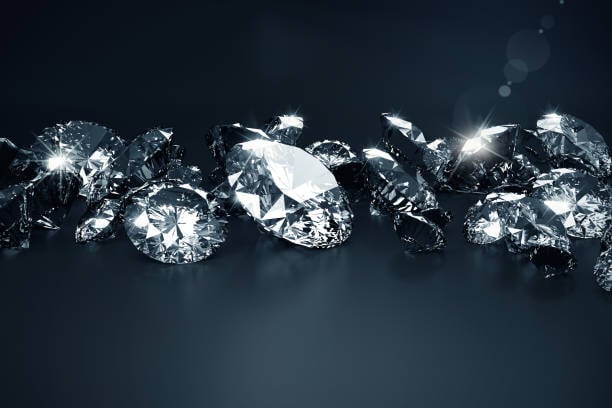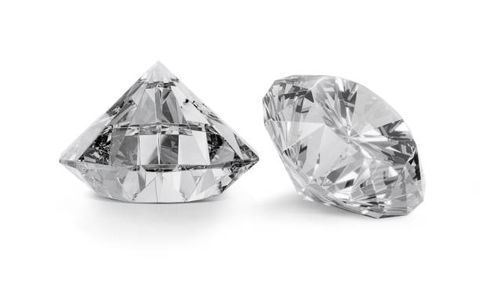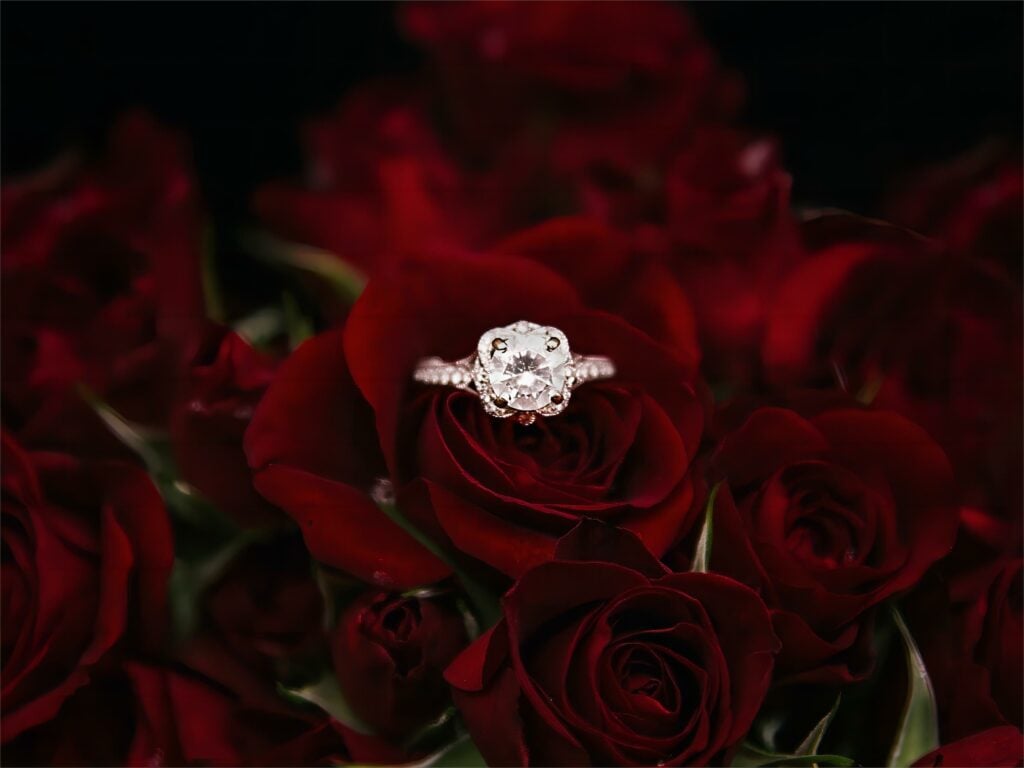One Carat vs Two Carat Lab Diamonds
2 comments
SHOP BY STYLE ✧
SHOP BY SHAPE ✧
![]()
![]()
![]()
![]()
![]()
METAL COLOR ✧
WEDDING BANDS
SHOP BY STYLE ✧
![]()
![]()
![]()
SHOP BY STONE ✧
SHOP BY METAL ✧
JEWELRY FOR THE BIG DAY
NECKLACES ✧
EARRINGS ✧
BRACELETS ✧
Engagement ✧
SHOP BY SHAPE ✧
![]()
![]()
![]()
![]()
![]()
![]()
SHOP BY COLOR ✧
SHOP BY CATEGORY✧

FEATURED✧
SHOP BY CATEGORY✧
SHOP BY OCCASION✧
SHOP BY PRICE✧

Birthstone Jewelry

In the realm of laboratory-grown diamonds, the choice between a one-carat and a two-carat gem extends beyond mere carat weight. While the number of carats is a fundamental factor, discerning consumers understand that various characteristics significantly impact the overall allure and value of these precious stones. In this comprehensive exploration, we delve into the nuanced differences that distinguish one-carat from two-carat laboratory diamonds.
Carat weight is undeniably a pivotal factor in the distinction between one-carat and two-carat laboratory diamonds. Carat weight directly correlates with the size of the diamond, with a two-carat diamond being physically larger than its one-carat counterpart. The allure of a larger stone often influences consumer preferences, but it is essential to consider other factors to make an informed choice.
The perceived size difference between one-carat and two-carat diamonds is not merely linear. While a two-carat diamond is twice the weight of a one-carat, its visual impact can be more than double. Larger diamonds may exhibit a more significant surface area, creating a visually striking presence on the finger.
The brilliance and overall appearance of a laboratory diamond are profoundly influenced by its cut quality. Both one-carat and two-carat diamonds require precise cutting to maximize their optical properties. However, larger diamonds may pose additional challenges, and achieving an excellent cut becomes even more critical to ensure optimal light reflection and dispersion.


Color grading plays a crucial role in distinguishing the visual appeal of laboratory diamonds. Larger diamonds may reveal color more distinctly than their smaller counterparts. Choosing a diamond with a color grade suitable for personal preferences becomes essential, as color differences can be more noticeable in larger stones.
The visibility of inclusions, or internal flaws, varies between one-carat and two-carat laboratory diamonds. Larger diamonds may exhibit inclusions more prominently, impacting their clarity grade. Consumers should consider their tolerance for imperfections and select a clarity grade that aligns with their preferences and budget.
The choice of diamond shape and proportions contributes to the overall aesthetic. While the carat weight remains a primary consideration, the visual impact is influenced by factors such as the diamond’s shape, table size, and depth percentage. These aspects play a crucial role in determining the diamond’s brilliance and symmetry.
Unsurprisingly, the price difference between one-carat and two-carat laboratory diamonds can be substantial. Beyond carat weight, factors like cut, color, and clarity contribute to the overall cost. Consumers should carefully balance their preferences with budget considerations to find the optimal combination of quality and size.


Ultimately, the decision between one-carat and two-carat laboratory diamonds hinges on personal style and preference. Some individuals may prioritize a larger stone for its visual impact, while others may value the intricate details and craftsmanship of a smaller, more intricately cut diamond.
Choosing between one-carat and two-carat laboratory diamonds involves a delicate balance of various factors, extending beyond the numerical value of carat weight. Size perception, cut quality, color grading, clarity, shape, proportions, budget considerations, and personal preferences collectively shape the decision-making process. By understanding the nuanced differences, consumers can confidently navigate the choices available and select a laboratory diamond that aligns seamlessly with their unique preferences and lifestyle.